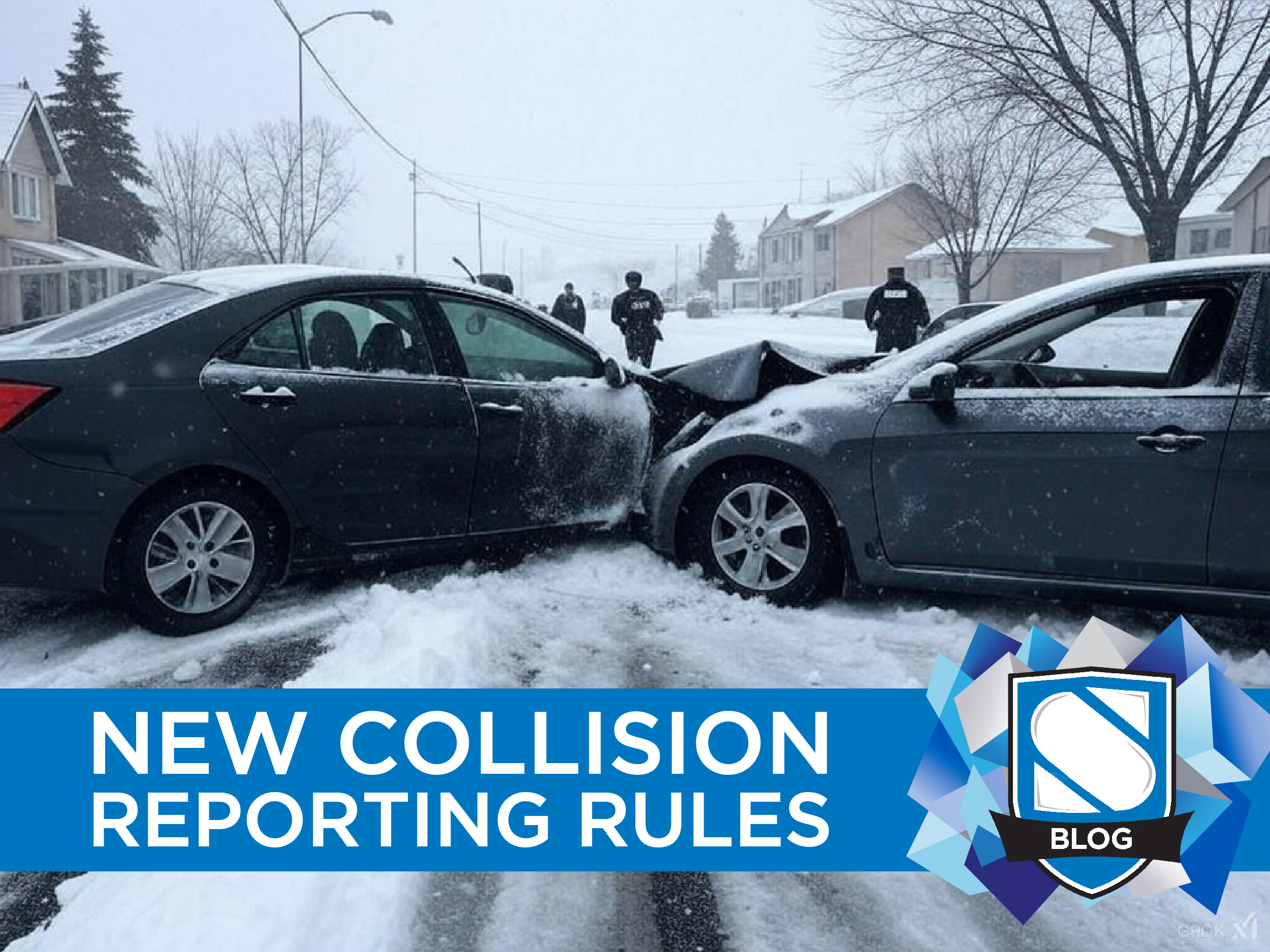We’re all safety conscious these days, especially when it comes to our children. Toys are held to rigorous standards, tested, and age-rated before they ever hit the shelves. Consumer advocacy groups routinely release lists of this year’s most and least safe toys and when a product recall occurs, it’s a scandal you hear about on the evening news.
While thinking about safety this way might seem obvious and natural to us now, it wasn’t always this way! It took a lot of cuts, scrapes, burns, and worse to get where we are today! You might not know it, but there is a rich history of toys, activities, and products designed for children that seem positively deadly in retrospect.
Outdoors “fun”
There’s nothing better for growing children than the fresh outdoors, right? Getting your kids outside and active is still considered the healthy and responsible thing to do. And it is – provided you avoid some of these potentially dangerous pastimes.
Super Elastic Bubble Plastic
Wham-O Toys is responsible for some all-time classic toys like the Hula Hoop and Frisbee, but they also released their share of clunkers as well. One of these was their
Super Elastic Bubble Plastic, a product that resembled a tube of toothpaste filled with a kind of plastic goop that could be inflated to create multicolored bubble balls.
An interesting idea – too bad the plastic goop included chemicals like polyvinyl acetate, acetone, and ethyl acetate! Not only did the paste give off noxious fumes was bad enough, but encouraging kids to huff, puff, and blow through a straw to inflate the plastic is what really separated the Super Elastic Bubble Plastic from other chemically drenched toys of its time. The product was discontinued in the ’80s.
The Splash Off Water Rocket
Okay, so toy rockets are obviously dangerous. Packed with combustibles and designed to launch like a real rocket, most parents realize their would-be astronauts will need some close supervision from mission control for any amateur rocket science. But what about a rocket powered by water? That would have to be safer, right?
This was the idea behind the infamous
Splash Off Water Rocket, a toy (ironically) designed to take the risk out of backyard blastoffs. Carrying nothing in its tank besides harmless water, the design was to feed the rocket with a garden hose until the pressure built up past the breaking point and propelled the rocket off its pad.
Sadly, there were multiple reports where the rocket itself met that breaking point before the launch mechanism. Instead of blasting off, it just blew up, resulting in a explosive spray of jagged plastic pieces. These launch pad disasters became so common that the product was recalled in 1997 and yanked off the shelves.
Slip and Slide
This is a toy that is still on the market and widely used. And while it’s generally safe for most kids – it’s their parents who wind up getting hurt.
The Slip and Slide is a backyard classic that’s been around since the early ’60s. While the occasional child takes a bad bounce or scrapes their knee skidding on the grass, reports of kids seriously injuring themselves on the Slip and Slide are uncommon – surprising for a toy that involves intentionally hurling yourself across the ground.
It’s when an adult decides to join the fun that things get dicey. Designed for child sized bodies, the Slip and Slide presents an abrupt (and painful) end of the line for full-sized adults. Combined with physiological differences between the young and the young-at-heart, trying to recapture your glory days on a Slip and Slide can lead to a nasty back or neck injury. Kids really do get all the fun.
Educational Dangers
When you say “educational toy,” most of us think of something like a Speak & Spell, or maybe a Leapfrog tablet. Well, back in the day toy manufacturers had a different idea of how to teach children useful skills for their future. Unfortunately, most of these lessons also placed the kid’s future in immediate jeopardy.
The Gilbert Glass Blowing Set
What says rainy day fun better than “molten glass?”
This was the idea behind the Gilbert Glass Blowing Set, a do-it-yourself starter kit for creating your own stemware (and trips to the emergency room). The set came with an alcohol burner, glass samples for melting, a wind pipe, and a 60 page manual full of fun science experiments you could perform by
actively manipulating liquid-hot glass. If you think this sounds far-fetched or so obviously lethal that it couldn’t possible exist, go ahead and read the whole
manual for yourself here.
Don’t worry though, the set also included a pair of plastic goggles and some thin oven mitts. Safety first!
Lionel Ranges and Stoves
When we think of toy cookware, the most popular example is the Easy Bake Oven. Introduced in the ’60s, the Easy Bake would let young children “bake” their own mini-cookies and muffins by harnessing the awesome power of an incandescent light bulb. Throughout the years, the Easy Bake Oven has been the subject of recalls, redesigns, and safety warnings but is still generally considered an acceptable toy under proper supervision.
That’s all well and good, but the Easy Bake Oven isn’t the only cooking toy to ever hit the market. Back in the ’30s, plenty of other stoves, ovens, and griddles were marketed towards kids with a lot less emphasis on the “toy” part and a LOT more on the “cooking.”
There are all kinds of examples to point to, but for sheer danger, the
Lionel selection of ranges and miniature stoves really takes the cake (after actually baking one). They had an entire line of different appliances available for parents who wanted to teach their children the basics of cooking (and first-aid burn treatment). Featuring real working stove tops, high-temperature ovens, and all metal construction, there wasn’t much separating these “toy” stoves from the real thing. In fact, Lionel eventually re-branded their sets away from children and towards young adults as an “ideal for apartment use” cook top alternative just by changing the box art.
The Gilbert U-238 Atomic Energy Lab
You didn’t think Gilbert was done with us yet did you? No, the fine mad scientists at Gilbert must have thought super-heated glass was a little too tame to entertain the daredevil children of the 1950’s, so they found a way to raise the stakes. Introducing the Gilbert U-238 Atomic Energy Lab.
Yup. It’s exactly what it sounds like.
Including a cloud chamber, several samples of uranium ore, and a Geiger counter (presumably so you could tell exactly how irradiated your sister was after helping you set up the kit), it’s hard to believe something like this ever made it to the market. I mean, surely the government would have stepped in if they had known, right?
Oh, the kit also included a government manual encouraging kids to prospect for uranium for the chance at a $10,000 prize. The ’50s were a weird time, folks.
The obviously deadly
Some dangerous toys you can understand. There are plenty of well meaning companies out there that have accidentally produced products that resulted in unforeseen accidents and injuries. Others, you can chalk up as a product of their time, like all those deadly chemistry sets nobody thought anything of back in the ’50s. Maybe the manufacturers and parents of the time just didn’t realize how dangerous some of those compounds could be.
They’re the ones that just seem purposely designed to hurt kids. Toys that you can tell at a glance are a BAD IDEA. How anyone looked at some of these toys and thought “seems safe to me” is a mystery we’ll never solve.
Austin Magic Pistol
We all realize the dangers of giving kids realistic looking toy guns. There are plenty of completely avoidable tragedies every year because a piece of plastic is confused for a deadly weapon. But what could possibly go wrong with a bright red Buck Rogers style space ray?
Answer: the
Austin Magic Pistol. This was an early ’50s toy gun that shot ping-pong balls. So far, that doesn’t sound particularly threatening. The problem was that the Austin Magic Pistol “simulated” a realistic firing action through the magic of chemistry. Using a volatile mixture of calcium carbide and water hidden in the back half of the ray gun, pulling the trigger would ignite a chemical reaction creating a huge plume of fire out the end of the barrel, launching the (likely burning) ping-pong ball towards little Billy.
Yeah. This one was a little too spicy even for the 1950’s. It wasn’t long before the Austin Magic Pistol was taken off the market (and I can only imagine, stored in a government armory for the day we have to fend off a real alien invasion).














0 Comments